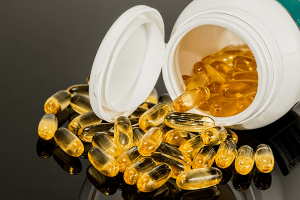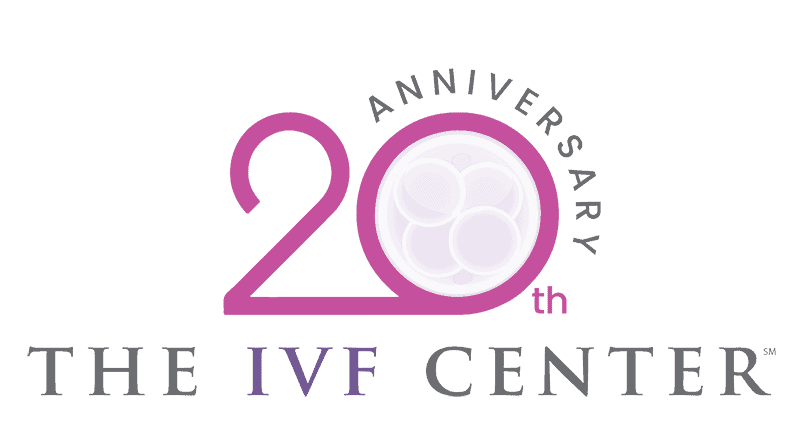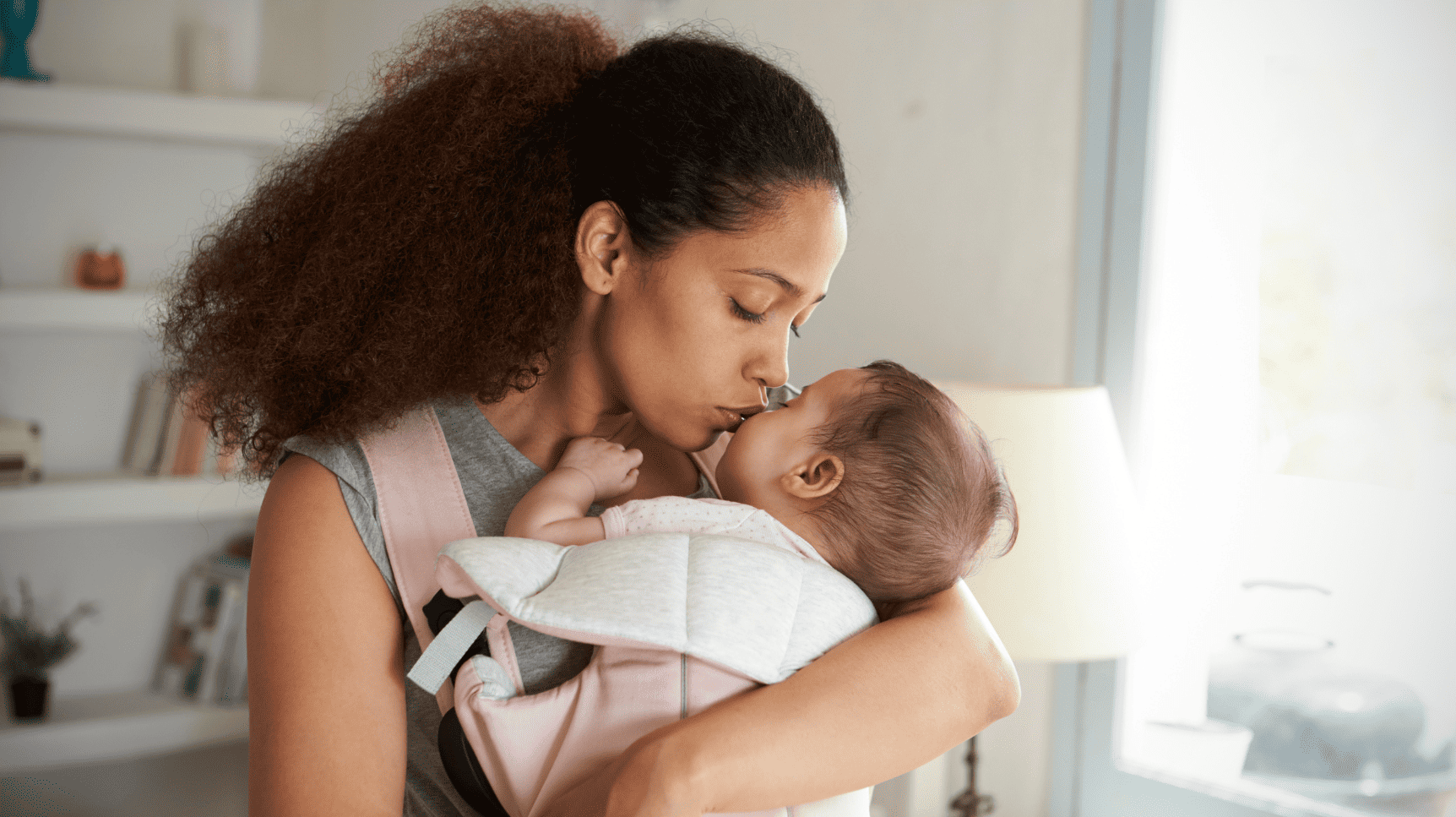 As a board-certified reproductive endocrinology and infertility specialist for over 20 years, I am often confronted by patients, both in the office and online, who have erroneous ideas about getting pregnant and infertility.
As a board-certified reproductive endocrinology and infertility specialist for over 20 years, I am often confronted by patients, both in the office and online, who have erroneous ideas about getting pregnant and infertility.
Below, I’ll debunk some of the biggest fertility myths and misconceptions and answer the most common questions we regularly hear from our patients.
Myths
1. I Can’t Get Pregnant During My Period
This is only true if a woman has clockwork regular menstrual cycles. If you have irregular cycles, it can result in a misinterpretation of when and if you are ovulating. Moreover, around ovulation it is normal if you have vaginal spotting. So, intercourse at this time can potentially result in a pregnancy.
CAVEAT – Not all bleeding is due to normal hormonal changes resulting in menstruation.
If vaginal bleeding occurs for other reasons (uterine polyps, uterine fibroids, endometriosis, or brief hormonal changes), then pregnancy can still happen if you have intercourse around the time of ovulation. The above myth perpetuates by confusing “any bleeding” with “true menses.”
2. A Period Means I Am Ovulating
Not true!
Unless you use an ovulation predictor kit, even a woman with regular clockwork-like menstrual cycles cannot be completely assured she is ovulating. While it may represent a normal period, any vaginal bleeding (especially if irregular) may be a sign of the most common hormonal disorder (such as polycystic ovarian syndrome, PCOS) or an anatomic problem (like fibroids or polyps).
Take note: the only 100% accurate way to determine if you are ovulating is by achieving a pregnancy.
3. If I’m Not Getting My Period, I’m Lucky
Not true!
The lack of a period can result from hormonal disorders such as PCOS, the most common, which can risk uterine cancer, and brain pituitary growths. Another cause of absent periods is the female athlete triad consisting of decreased calorie intake or excessive exercise and bone loss, all of which can result in mortality if not treated.
Common Questions
1. What Is Menstruation?
 Menstruation, or “the period,” represents vaginal bleeding resulting from the shedding of the uterine lining.. This occurs from a decline in the female hormones estrogen and progesterone due to a lack of pregnancy. If you’re not pregnant, menstruation typically appears two weeks following ovulation.
Menstruation, or “the period,” represents vaginal bleeding resulting from the shedding of the uterine lining.. This occurs from a decline in the female hormones estrogen and progesterone due to a lack of pregnancy. If you’re not pregnant, menstruation typically appears two weeks following ovulation.
However, not all vaginal bleeding is from the cycle of hormone changes that result in ovulation. If you don’t experience menstruation (or “menses”) on a monthly basis with the same intervals each month, give or take 2-3 days, you should consult your physician to determine the cause and discuss treatment. Acceptable menstrual intervals are approximately 24-34 days as long as they are consistent.
So, a “true” period is one that results from the drop in female hormones two weeks after ovulation. During menses, the lining has not developed to sustain a pregnancy nor has an egg developed to ovulate and become fertilized. As a result, pregnancy CANNOT occur with intercourse during this defined menstruation period.
2. How Many Days Before and After Ovulation Can You Get Pregnant?
The ideal days to attempt conception are the three days surrounding the LH surge which you can detect using the over the counter ovulation predictor kits (OPK), i.e., on the days before the detection, the day of, and the day following). Nevertheless, a woman is fertile during the six days leading up to and including ovulation. According to the New England Journal of Medicine, “among healthy women trying to conceive, nearly all pregnancies can be attributed to intercourse during a six-day period ending on the day of ovulation.”
3. What Are Your Odds of Getting Pregnant in Your 20s versus Your 30s and 40s?
Peak fertility continues until approximately age 30 with a subsequent slow but steady decline that accelerates in the late 30s and early 40s. This is primarily due to egg quality, but recent reports also suggest male fertility declines with age as well, beginning at around age 40.
For women, the following are estimates of monthly and six month cumulative natural pregnancy rates*:
| AGE | Monthly Natural Pregnancy Rate | Cumulative Natural Pregnancy Rate |
|---|---|---|
| 30 | 20-25% | 70-80% |
| 35 | 10-15% | 65-75% |
| 40 | 5-10% | 30-60% |
*Fertil Steril. 2016 Jun; 105(6): 1584–1588.e1
4. Do Anti-Mullerian Hormone Levels Matter?
 Ovarian aging is currently best measured by combining chronological age, antral follicle count (AFC) on a sonogram, and anti-Mullerian hormone (AMH). Natural fecundity (the monthly chance for pregnancy) begins to decline, on average, above ages 30-32. AFC measures the number of small cysts on each ovary that represents immature eggs waiting to be selected for ovulation. An AFC less than 11 reflects diminished ovarian reserve (DOR), and less than six is severely low. AMH levels below 1.6 have been shown to reduce the number of eggs retrieved with IVF and may predict IVF pregnancy outcomes. AMH levels below 0.4 are severely low.
Ovarian aging is currently best measured by combining chronological age, antral follicle count (AFC) on a sonogram, and anti-Mullerian hormone (AMH). Natural fecundity (the monthly chance for pregnancy) begins to decline, on average, above ages 30-32. AFC measures the number of small cysts on each ovary that represents immature eggs waiting to be selected for ovulation. An AFC less than 11 reflects diminished ovarian reserve (DOR), and less than six is severely low. AMH levels below 1.6 have been shown to reduce the number of eggs retrieved with IVF and may predict IVF pregnancy outcomes. AMH levels below 0.4 are severely low.
The use of a screening test for ovarian aging in women who have not been diagnosed with infertility can result in a larger number of false-positive results (i.e., diagnosing a woman as having DOR when in fact she has normal ovarian reserve). So, I do NOT recommend using AMH to predict fertility. A recent article in the Journal of the American Medical Association (JAMA) demonstrated no difference in natural pregnancy rates in women aged 30-44, regardless of normal or low AMH levels.
To summarize, random screening of AMH levels in the general population, especially less than 35 years of age, may result in an unnecessary alarm. There is no current evidence that AMH levels should be used to exclude patients from undergoing IVF.
5. Can You Drink the Occasional Glass of Wine while Pregnant?
To avoid the risk of tragic Fetal-Alcohol Syndrome, you should avoid any alcohol use during pregnancy. There is no known amount of alcohol that is safe to drink while pregnant.
6. What Should Women Know About Getting Pregnant After a Miscarriage?
In the first trimester, 20 to 40 percent of pregnancies can experience vaginal bleeding. While any bleeding is alarming, only heavy bleeding is associated with a miscarriage at a risk of 24 percent.
There is no definitive evidence on the amount of bleeding, the color of blood, or associated symptoms that will predict a miscarriage. Women who experience heavy vaginal bleeding with abdominal cramping are more likely to suffer a pregnancy loss. Only an obstetrical ultrasound can assure the viability of the pregnancy. While there are no activity restrictions, we recommend avoiding intercourse during bleeding to reduce the risk of potential intrauterine infection because bleeding may result in the cervix dilating.
SPECIAL NOTE – When bleeding occurs in pregnancy, the woman’s blood has the potential to be exposed to the baby’s blood. If a pregnant woman bleeds and her blood type is Rh-negative (and her partner or sperm source is Rh-positive or unknown), then the woman has the potential of causing harm by developing antibodies to a baby who is Rh-positive.
When this occurs, usually in the second pregnancy, the condition is called Rh Isoimmunization. It can result in severe anemia, jaundice, brain damage, and heart failure in a newborn. To avoid Rh disease, the pregnant woman should receive the inject “Rhogam” to block her immune response to the baby.
7. Are There Vitamins or Supplements That Can Help You Get Pregnant? Ones to Avoid?
 One of the most important areas to address before pregnancy, and the one most supported by evidence, is the use of folic acid. The American College of Ob/Gyn recommends folic acid 0.4mg daily to begin one month prior to conception attempts and continue throughout the pregnancy. Folic acid has been shown to reduce the risk of major birth defects of the fetal brain and spine called Neural Tube Defects.
One of the most important areas to address before pregnancy, and the one most supported by evidence, is the use of folic acid. The American College of Ob/Gyn recommends folic acid 0.4mg daily to begin one month prior to conception attempts and continue throughout the pregnancy. Folic acid has been shown to reduce the risk of major birth defects of the fetal brain and spine called Neural Tube Defects.
According to the American College of Obstetricians and Gynecologists, vitamins and minerals play essential roles in all body functions. A daily prenatal vitamin (PNV) and a well-rounded diet provide all the vitamins and minerals needed during pregnancy.
In addition to folic acid, a woman needs roughly double the amount of iron during pregnancy than women who are not pregnant. This helps a woman make more blood to carry oxygen to the baby. The required daily amount (27 mg) is provided in most PNV and is also contained in iron-rich foods, including:
- Lean red meat
- Poultry
- Fish
- Dried beans and peas
- Iron-fortified cereals
- Prune juice
Calcium is also needed during pregnancy to build the baby’s bones and teeth. All women, including pregnant women aged 19 years and older, should receive 1,000 mg of calcium daily. Food sources include milk and other dairy products such as cheese and yogurt. For women who cannot tolerate milk, other sources of calcium include broccoli, dark leafy greens, sardines, or calcium supplements.
Vitamin D works with calcium to help the baby’s bones and teeth develop. It also is essential for healthy skin and eyesight. All women, including those who are pregnant, need 600 international units of vitamin D a day. Good sources include milk fortified with vitamin D and fatty fish such as salmon. Sunlight exposure also converts a chemical in the skin to vitamin D.
ACOG encourages pregnant women, women who may become pregnant, and breastfeeding mothers to follow these guidelines:
- Eat 2-3 servings a week (8 to 12 ounces in total) of a variety of fish
- Eat only 1 serving a week (no more than 6 ounces) of some fish, (including grouper, halibut, Mahi, yellowfin/albacore tuna, striped bass due to mercury concentrations)
- Avoid certain fish with the highest mercury concentrations (e.g. King mackerel, Orange roughy, Shark, Marlin, Swordfish, Tuna -bigeye, Tilefish)






